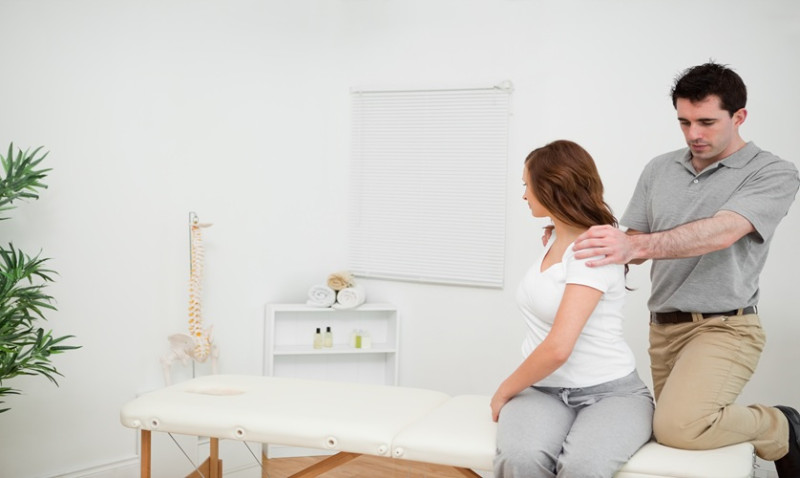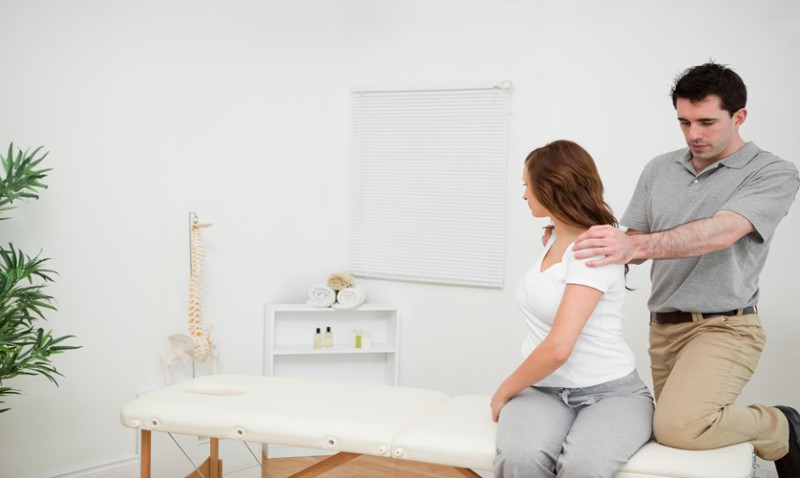
Understanding the Basics of Osteopathy
Osteopathy is a holistic approach to healthcare that focuses on the diagnosis, treatment, prevention, and rehabilitation of musculoskeletal disorders. It is based on the principle that the well-being of an individual relies on their bones, muscles, ligaments, and connective tissue functioning smoothly together. Osteopathy is a form of manual therapy, meaning practitioners (called osteopaths) use their hands to both diagnose and treat issues in the body.
Originating in the late 19th century by Dr. Andrew Taylor Still in the United States, osteopathy has grown into a widely accepted health discipline. It has evolved over the decades to include modern medical knowledge and clinical methods while still prioritising hands-on, touch-based therapy.
In the UK, osteopathy is a recognised healthcare profession regulated by law. This gives patients the security of knowing that practitioners are qualified, insured, and required to meet high clinical and ethical standards. All practising osteopaths must be registered with the General Osteopathic Council (GOsC).
Unlike some general forms of therapy that may only treat symptoms, osteopathy aims to get to the root cause of a problem. This comprehensive approach makes it an appealing choice for many people looking for long-term relief from pain, mobility issues, or ongoing physical stress.
How Osteopathy Works
Osteopaths use a wide range of techniques including stretching, massage, and joint manipulation to enhance the mobility of joints, relieve muscle tension, improve blood supply to tissues, and help the body to heal itself. These techniques are applied based on an initial detailed physical assessment and a discussion of the patient's medical history and lifestyle.
The treatment process usually begins with a consultation in which the osteopath takes time to understand the patient’s overall state of health, occupation, activity levels, injuries, stress factors, and more. This is followed by physical examination and hands-on assessment, possibly accompanied by diagnostic tests or referrals if necessary.
Once a diagnosis is established, the osteopath may treat the body as a whole, not just the area of pain or discomfort. For example, a lower back problem may be the result of posture issues related to your neck, feet, work habits, or even past injuries.
Manual techniques used in osteopathy are designed not just to alleviate pain, but also to encourage the flow of blood and lymphatic fluids, support the nervous system, and free up restrictions in movement—essential for the body to maintain its own healing ability.
Benefits of Osteopathy for Everyday Life
Osteopathy can offer significant benefits for various groups of people, whether your work involves physical labour, desk-based tasks, or active movement. For DIY enthusiasts and professional tradesworkers in the UK, conditions like back strain, joint stiffness, or muscular fatigue are common. Osteopathy can help manage these conditions effectively and also teach preventative measures.
For office workers and young professionals redecorating their homes, the repetitive movements and poor posture associated with sitting or lifting improperly can lead to chronic back pain or shoulder issues. Osteopaths not only focus on rehabilitation but also provide lifestyle-based advice to help clients move and work smarter.
If you're an architect or interior designer, you’re likely juggling site visits, computer time, and physical strain from fieldwork. Osteopathy can offer preventive health care by maintaining mobility and function, reducing stress injuries and fatigue.
Additionally, osteopathy is a drug-free, non-invasive option, making it suitable for long-term application, especially for those who want to avoid medication or surgery wherever possible. It's also collaborative, and many osteopaths work alongside GPs, physiotherapists, and other medical professionals, ensuring a well-rounded approach to care.
Common Conditions Treated by Osteopaths
Osteopathy is known for helping with back pain, but its scope extends far beyond that. The practice addresses a variety of conditions associated with bones, joints, and muscles. With its broad focus, osteopathy is especially relevant for the active demographic, from DIYers and site labourers to design professionals constantly on the move.
Some common conditions osteopaths regularly treat include:
- Lower back pain and sciatica
- Neck pain and tension headaches
- Sports injuries
- Shoulder and elbow injuries (including frozen shoulder and tennis elbow)
- Repetitive strain injuries (RSI)
- Joint pain (hips, knees, ankles, wrists)
- Postural problems from work-related stress or ergonomic issues
- Circulatory and digestive system issues (where appropriate and related to musculoskeletal problems)
It’s important to note that osteopaths work with complex systems, and while they can help alleviate symptoms of a wide range of conditions, they will always refer patients to other specialists when needed—a sign of a good integrated care philosophy.
What to Expect During Your Visit to an Osteopath
Your first visit typically involves a comprehensive case history and physical assessment. The osteopath will ask about current symptoms, any existing medical conditions, past injuries or operations, lifestyle, sleep habits, and stress levels. Understanding you in totality helps them determine the most effective course of action.
The physical examination may require you to perform some movements or stretches, so it’s recommended you wear comfortable clothing. The osteopath may also check your posture, muscle tone, joint mobility and listen to how your body responds to certain movements.
Treatments are customised and may include stretching, soft tissue massage, articulation of joints, or more subtle techniques involving gentle movements to release tension. Many people feel positive effects immediately, though it sometimes takes a few sessions to achieve long-lasting results.
Follow-up advice may include simple home stretches, posture and ergonomic adjustments, rest, or lifestyle changes relevant to your daily activities—especially useful for those in physically demanding trades or busy domestic environments.
Is Osteopathy Right for You?
If you're experiencing persistent aches or pains, poor mobility or posture-related discomfort — whether due to your daily DIY projects, office job, or fieldwork — osteopathy can be a valuable part of your wellness toolkit. It’s particularly well-suited for individuals who want a hands-on, all-natural treatment approach that goes beyond treating just the symptoms.
Osteopathy fits well with the physical demands of the design and construction industries. Preventing injury and maintaining optimal physical health isn’t just about being pain-free—it’s about improving how well your body works for you every day. Whether you’re lifting paint cans, sketching blueprints, or hanging drywall, your body needs to be in top condition to perform well.
Moreover, for people undergoing home improvements, balancing physical work with office responsibilities or parenting duties, osteopathy offers a non-intrusive way to stay resilient and ready for your next project.
Osteopathy in the UK: Regulation and Safety
In the United Kingdom, osteopathy is a statutorily regulated profession. All aromatherapy practitioners must register with the General Osteopathic Council (GOsC), ensuring they meet exacting standards in practice, ethics, and education. This significantly elevates osteopathy’s reputation as a trusted therapeutic option across the UK.
To register, UK osteopaths undergo extensive training—usually a four to five-year degree programme that includes more than 1,000 hours of clinical experience. This ensures that patients receive care that is both safe and effective. Continuing professional development (CPD) is also mandated, requiring practising osteopaths to stay current with medical innovation and evolving best practices.
Because of these regulatory safeguards, residents across the UK—from London flat owners and Midlands tradesmen to Scottish contractors and Welsh interior designers—can access top-tier osteopathic care in both private clinics and health centres.
Conclusion: A Smart Addition to Your Health Toolkit
Whether you're a hands-on DIY renovator, a desk-bound designer or an active contractor on-site, your body is your most valuable tool. Osteopathy offers a balanced, non-invasive way to care for that tool—supporting recovery from injury, managing long-term conditions, and improving your overall mobility and performance.
Accessible, effective, and backed by science and regulation, osteopathy has firmly established itself in the UK as a trusted healthcare option. So, if you find yourself noticing stiffness, pain, or just want to improve how you feel every day, booking a visit to a qualified osteopath could be the solution you’ve been looking for.
After all, investing in your health is the most crucial upgrade you can make—whether for your home, your work, or your quality of life.





